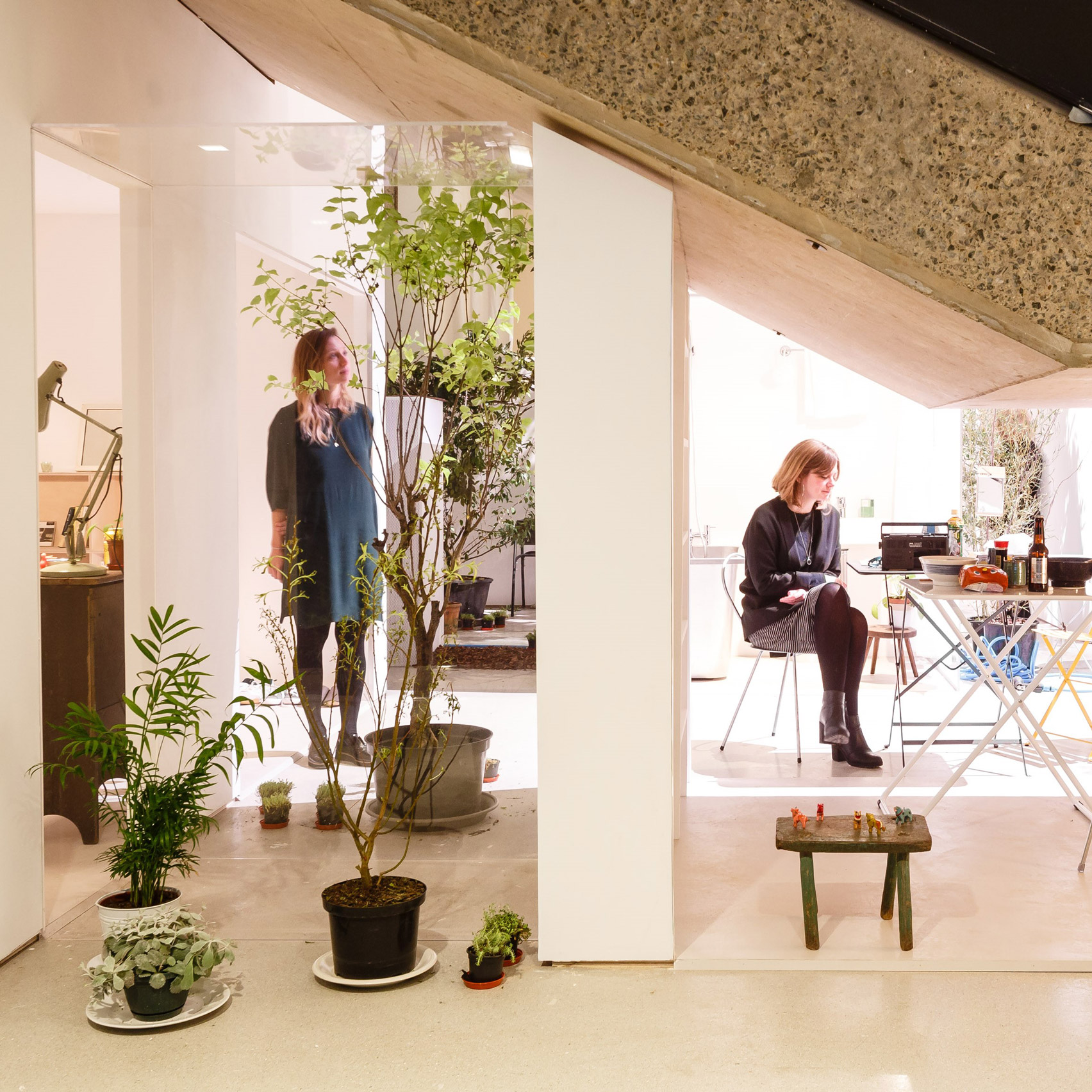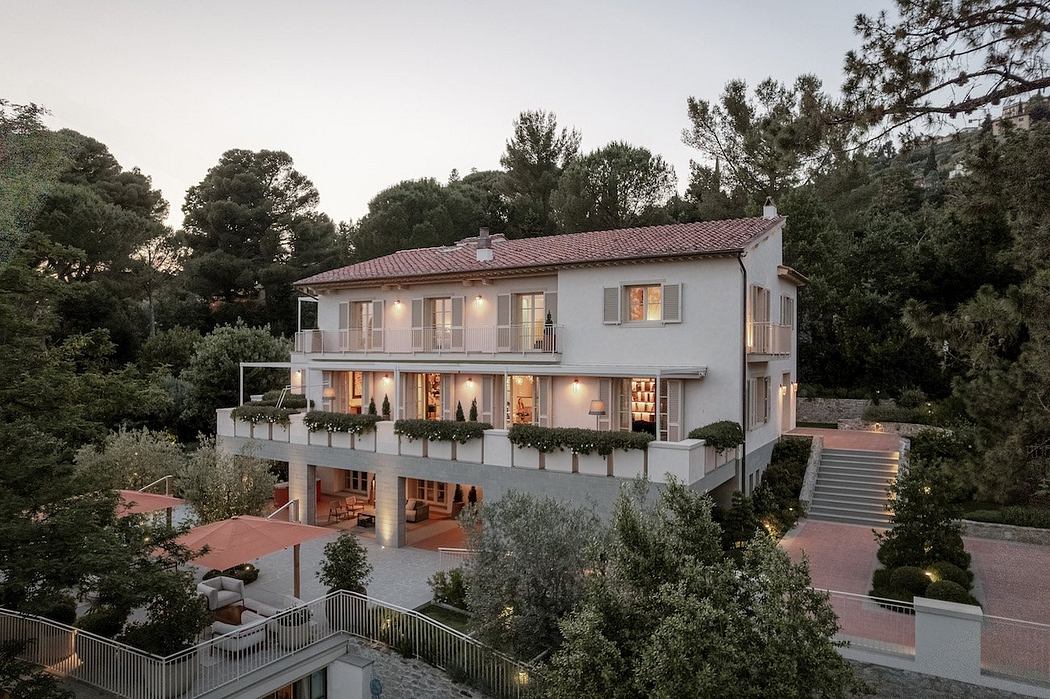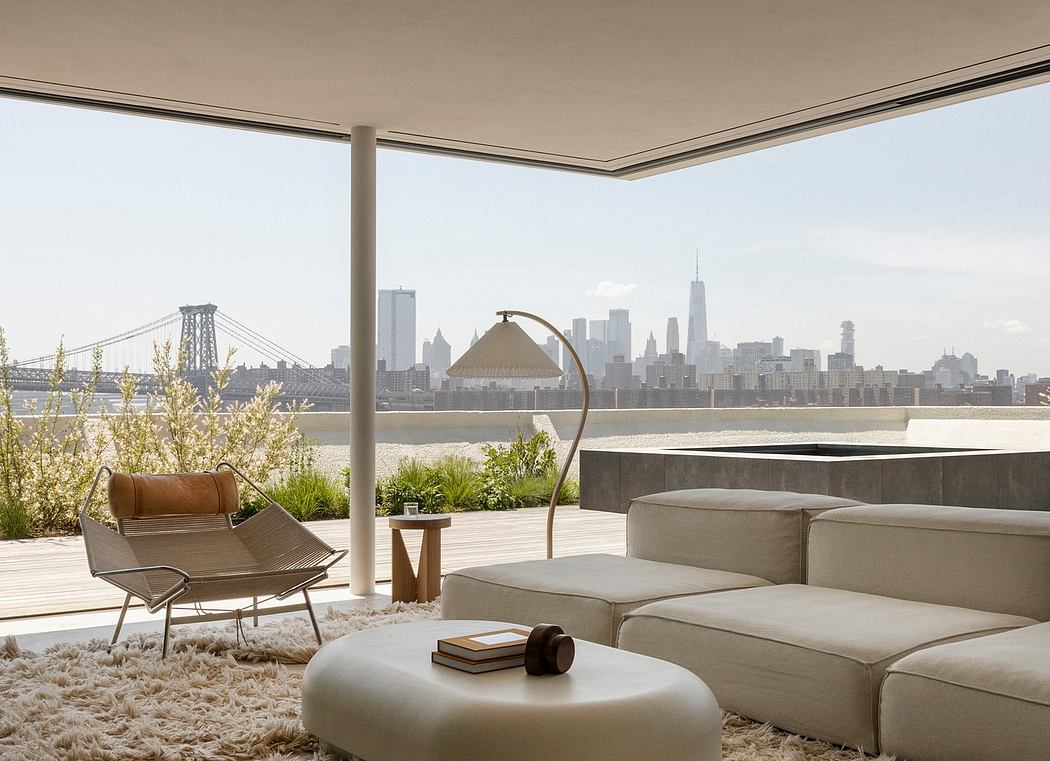"The Japanese House is about fear, imagination, aggression and dreams"

The Japanese House exhibition at London's Barbican doesn't offer solutions to the housing crisis, says Owen Hatherley, but it does show what's possible when architects respond to extreme change and instability.
In most places, certainly in Britain, the point of the private house is stability and predictability. Increasing in correlation with the rise of the house as an overvalued investment vehicle is an extreme conservatism about what that commodity actually looks like. So in order for the confidence trick that a mediocre mass-produced house should cost, say, £250,000 to be effective, the house has to look like a house in the most obvious and tedious way ? bedrooms, garden, load-bearing walls, pitched roof, non-functional chimney, all need to be in the expected place. One of the many interesting things about Barbican's The Japanese House exhibition is that the houses resemble cultural commodities such as cars, stereos, films and cartoons, with an apparent indifference to what a house ought to look like.
A British architectural writer and TV presenter described the exhibition on a social network as containing "more ideas to solve the housing crisis than will ever come out of Whitehall". It doesn't, although crisis is all over these houses nonetheless. But it isn't the house as a solution to crisis, it's the house as crisis ? the private house reflecting and responding to extreme change and instability, rather than serving as a means of reassurance.
Crisis is...
| -------------------------------- |
| Poetic Lab's faceless Silo Clock uses lines and shadows to tell the time |
|
|
Villa M by Pierattelli Architetture Modernizes 1950s Florence Estate
31-10-2024 07:22 - (
Architecture )
Kent Avenue Penthouse Merges Industrial and Minimalist Styles
31-10-2024 07:22 - (
Architecture )






